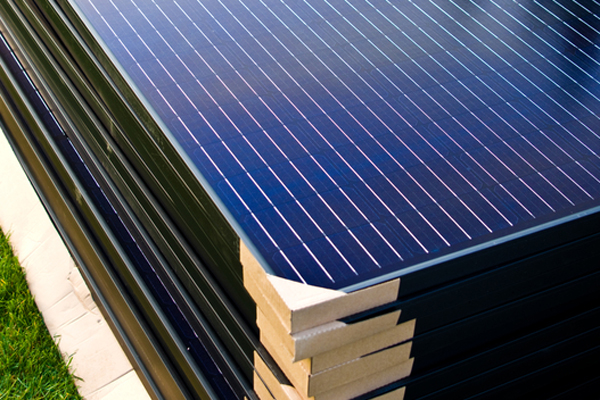What are some differences between
In the world of solar energy systems, choosing between on-grid string inverters and micro inverters can significantly impact system performance, cost-effectiveness, and maintenance. Both technologies have distinct advantages and drawbacks that should be carefully considered based on specific project needs and goals.
On-Grid String Inverters
Pros:
- Cost-Effective: On-grid string inverters are generally more cost-effective per watt compared to micro inverters. This is because they are simpler in design and require fewer components per panel.
- Efficiency at Scale: Ideal for larger installations where the economies of scale can be leveraged, as fewer inverters are needed overall.
- Proven Technology: String inverters have been widely used in solar installations for years, proving their reliability and durability in various environmental conditions.
- Maintenance Ease: With fewer inverters to monitor and maintain, servicing and troubleshooting can be simpler and more straightforward.
Cons:
- Panel Dependency: The performance of string inverters can be affected if one solar panel in the string underperforms due to shading or damage, impacting the output of the entire string.
- Design Limitations: They are less flexible in terms of system design and installation, as panels must be connected in strings of similar specifications.
- Voltage Sensitivity: String inverters operate at higher DC voltages, which can introduce potential safety concerns and require more stringent installation practices.
Micro Inverters
Pros:
- Panel-Level Optimization: Micro inverters operate at the individual panel level, optimizing the performance of each panel regardless of shading or panel mismatch issues.
- Enhanced Monitoring: Provide detailed monitoring of each panel’s performance, allowing for easier detection of issues and optimizing system performance over time.
- Safety: Operate at lower DC voltages, reducing the risk of electrical hazards during installation and maintenance.
- Flexible Design: Allows for more flexibility in system design, as panels do not need to be matched in strings, making them ideal for complex roof layouts or installations with varying panel orientations.
Cons:
- Higher Initial Cost: Micro inverters are generally more expensive per watt than string inverters due to their advanced technology and the need for one inverter per panel.
- Reliability Concerns: While improving, early versions of micro inverters faced reliability issues in harsh environmental conditions, though modern designs have mitigated many of these concerns.
- Maintenance Complexity: With multiple inverters to monitor, maintenance can be more complex and potentially more costly over the system’s lifetime.
Conclusion
Choosing between on-grid string inverters and micro inverters depends largely on the specific needs of your solar energy system. For large-scale installations where cost-effectiveness and proven reliability are paramount, on-grid string inverters may be the preferred choice. However, for systems requiring maximum efficiency, flexibility in design, and panel-level optimization, micro inverters offer significant advantages despite their higher initial cost. Ultimately, a careful evaluation of these pros and cons in light of your project’s requirements will guide you towards the most suitable inverter technology for your solar energy system.


